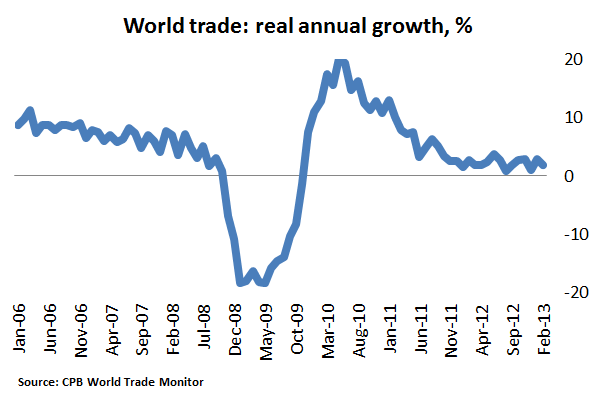One key implication of this position is that the economy’s capacity is much lower than we thought — in which case there’s no point trying to run it any faster, because that would only translate into higher inflation.
This has always struck me as a defeatist attitude and more importantly dismissive to those out of work and those soon to be seeking work. Luckily, it’s also hogwash. The economy is not adding enough new jobs because there isn’t enough demand to justify them. In this vein, two Federal Reserve economists yesterday released results from their research attempting to prove the ‘structural mismatch’ position (1/). They find:
All told, while some skilled labor shortages are being reported in the manufacturing sector, the extent to which these shortages are restraining production appear about in line with the current sluggishness in the labor market and the degree of slack in the manufacturing sector. Furthermore, the finding that skilled labor shortages are not a significant and widespread restraint on production is consistent with other data continuing to show subdued increases in the wages and salaries of manufacturing workers.
1/ Looking for Shortages of Skilled Labor in the Manufacturing Sector
Jessica Stahl and Norman Morin
September 26, 2013

